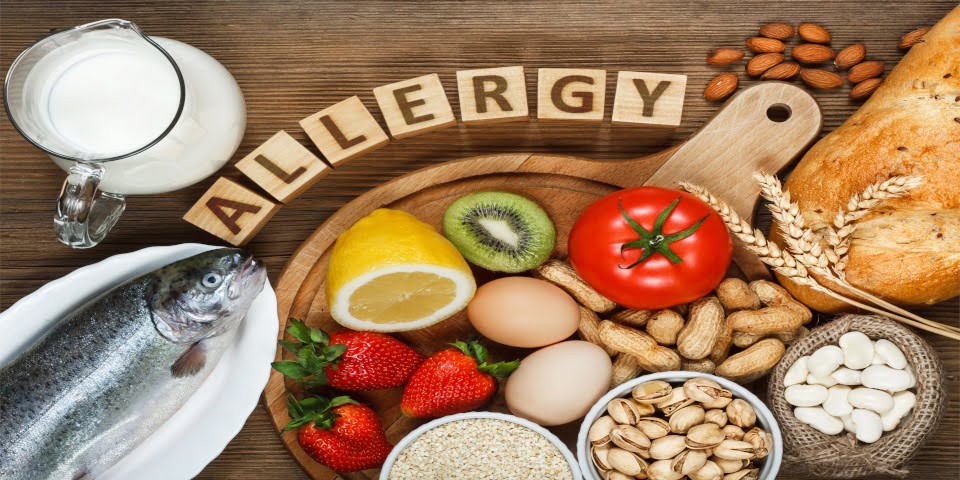It’s easily imaginable that there’s plenty for a parent or guardian to concern themselves with in the back-to-school period: uniform, socks, books … will they make friends, will they get along with the new teachers? Hopefully, for most, none of the concerns are a matter of life and death, as they are for those with children at risk of anaphylaxis.
The mothers of food-allergic children, living with the real daily fear of their child facing a potentially life-threatening severe allergic reaction, have been shown to have increased levels of anxiety and stress.1
Currently, there is no cure for food allergies. Avoidance of allergy-causing food is the only way to prevent the reaction. The issue is a matter of national concern, as food allergies and anaphylaxis are increasing in Australian children, with as many as one in 20 school-aged children having food allergies.2
Anaphylaxis is a severe and potentially life-threatening allergic reaction, often occurring within seconds or minutes of exposure to an allergen (for example, a bee sting, or peanuts). It’s crucial to be educated and well-prepared to act quickly in the crisis of anaphylaxis. Pharmacies are well-positioned to educate and provide guidance about anaphylaxis care.
Signs and symptoms
Mild to moderate allergic reaction
- Tingling of the mouth.
- Hives, welts or body redness.
- Swelling of the face, lips, eyes.
- Vomiting, abdominal pain.
Severe allergic reaction/anaphylaxis
- Difficult/noisy breathing.
- Swelling of the tongue.
- Swelling or tightness in the throat.
- Difficulty talking or hoarse voice.
- Wheeze or persistent cough.
- Persistent dizziness or collapse.
- Pale and floppy (young children).
Common triggers
- Any food can trigger anaphylaxis, but the most common food triggers are peanuts, tree nuts, milk, eggs, sesame, fish, shellfish, wheat and soy.
- Bites/stings.
- Medications, including prescription medicine, over-the-counter and ‘alternative’ or herbal preparations.
Management and treatment
It may be worthwhile to highlight to a patient or carer that, although it can be very serious and possibly frightening, anaphylaxis is a preventable and treatable event.
Knowing the triggers – and teaching children about how to avoid them – is the first step to prevention. It’s been widely noted that banning allergens – nuts, for example – isn’t all that effective and is difficult to monitor/enforce.
Instead, it’s more effective for a child at risk of anaphylaxis to be taught early on about not swapping food or accepting another person’s food. Suitable treats should be available for them – for example, ‘safe’ cupcakes (in a container and clearly labelled) so that they can also join in at celebrations and gatherings, such as birthday parties.
Allergy & Anaphylaxis Australia has abundant resources through its website3<superscript>, including ‘Parent 10-point plan for school’, which may assist a parent in adequate preparation for the crisis of anaphylaxis in school.
Despite best efforts at prevention, accidental exposure is a reality that can result in an anaphylactic reaction.
Adrenaline is the first-line treatment for severe allergic reactions and can be administered by an injector. Adrenaline treats the very low blood pressure and circulation that occur in the event of a severe allergic reaction. It also relaxes the lungs to help breathing, and reduces swelling, skin rashes and itching.
Adrenaline (epinephrine) injectors such as Anapen and EpiPen deliver intramuscular injections that contain a single pre-measured dose of adrenaline administered as treatment for anaphylactic reactions as soon as possible during an event. This can be repeated if no response occurs within five minutes.
Patients and carers should be counselled on the appropriate use of their injector, ideally with an end-to-end demonstration using a demo device. Having this visual and more ‘real’ experience of such action may prove lifesaving should they ever need to act in an anaphylaxis crisis.
References
- Lau GY, et al, 2014. ‘Anxiety and stress in mothers of food-allergic children’.
- Vale S, et al, 2018. ‘Anaphylaxis management in Australian schools: Review of guidelines and adrenaline autoinjector use’.
- allergyfacts.org.au/allergy-management/5-12-years/parent-10-point-plan-for-school
This feature was written by Sumati Prasad, Pharmacist Business Partner, Platform Alliance Group, and was originally published in the February issue of Retail Pharmacy magazine.








